Does your eCommerce website lack something? Should your conversion funnel be more efficient? Don’t worry because you’ve come to the right ? place. We’ll show you 11 simple ways to optimize your eCommerce conversion funnel and achieve small victories that add up to big success. We have everything you need, from improving website speed to creating more targeted campaigns.
What Is a Conversion Funnel in Ecommerce?
The conversion funnel is the imaginary path to purchase in an eCommerce online store. The funnel consists of several stages; for example,
- The visitor enters the site.
- Chooses a category in the catalog.
- Browses through the goods.
- Adds a product to the cart.
- Places an order.
Some buyers drop out at each stage, so, logically, there are fewer users. However, the more visitors reach the neck of the eCommerce conversion funnel, the higher the conversion rate of the online store funnel. This is the main goal.
The eCommerce example above is oversimplified. Visitors rarely go through the conversion funnel stages in the correct order; they may compare prices and services on different eCommerce websites, leave and return, or skip around. Users who have added items to their shopping cart but have not made a purchase can be “caught up” by remarketing and retargeting – there are many options for moving toward the purchase, and the interaction between the online store and the potential buyer can sometimes last months.
The conversion funnel is not the user’s actual path, but rather the sequence of steps assumed by the eCommerce business owner. The user journey represents actual website behavior and may differ from the modeled conversion funnel and customer journey map. Nonetheless, the conversion funnel must be built and analyzed.
Plerdy Ecommerce Conversion Funnel Analysis
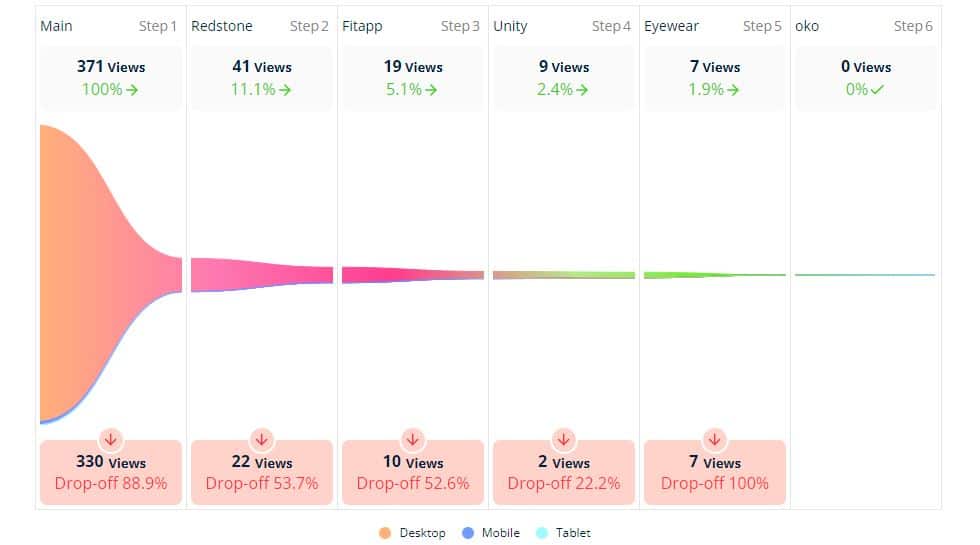
At Plerdy, we offer a cutting-edge eCommerce conversion funnel analysis tool that has measurable advantages over similar tools. It is suitable for any-sized eCommerce business, usability experts, CRO experts, SEO specialists, and UI/UX designers. Our eCommerce conversion funnel analysis tool will help you:
- Optimize website funnel and grow conversion
- Increase average revenue per user
- Decrease cart abandonment rate
- Decrease bounce rate
- Increase customer retention rate and lifetime value
- Lower churn rate
The Plerdy tool will show you your online store’s natural step-by-step conversion process. It captures how potential customers interact with website elements and pages and visualizes this activity in the form of a conversion funnel.
Based on this data, it may not be enough because you will only get the percentage of users who leave the online store page. For deeper research, you should analyze the data:
- Heatmap — data about the interaction with each element on the site page; you can segment by traffic channels and see clicks on dynamic elements.
- Video session recordings — the best way to analyze how a user goes from the first page to the “Thank you” page, so you can find the user’s stumbling blocks or what may be wrong.
- Set up micro events — this way, you will find which elements the user does not use, for example, search on the site, a certain filter or sorting of goods.
- Ecommerce tracking — and this is the king of Plerdy functions for an online store, you will see which elements affect sales, that is, what the user clicked in the online store before buying.
Based on this data, build the right hypotheses and improve the elements in the first screen of the online store, separately for mobile devices and desktops.
5 eCommerce Conversion Funnel Stages
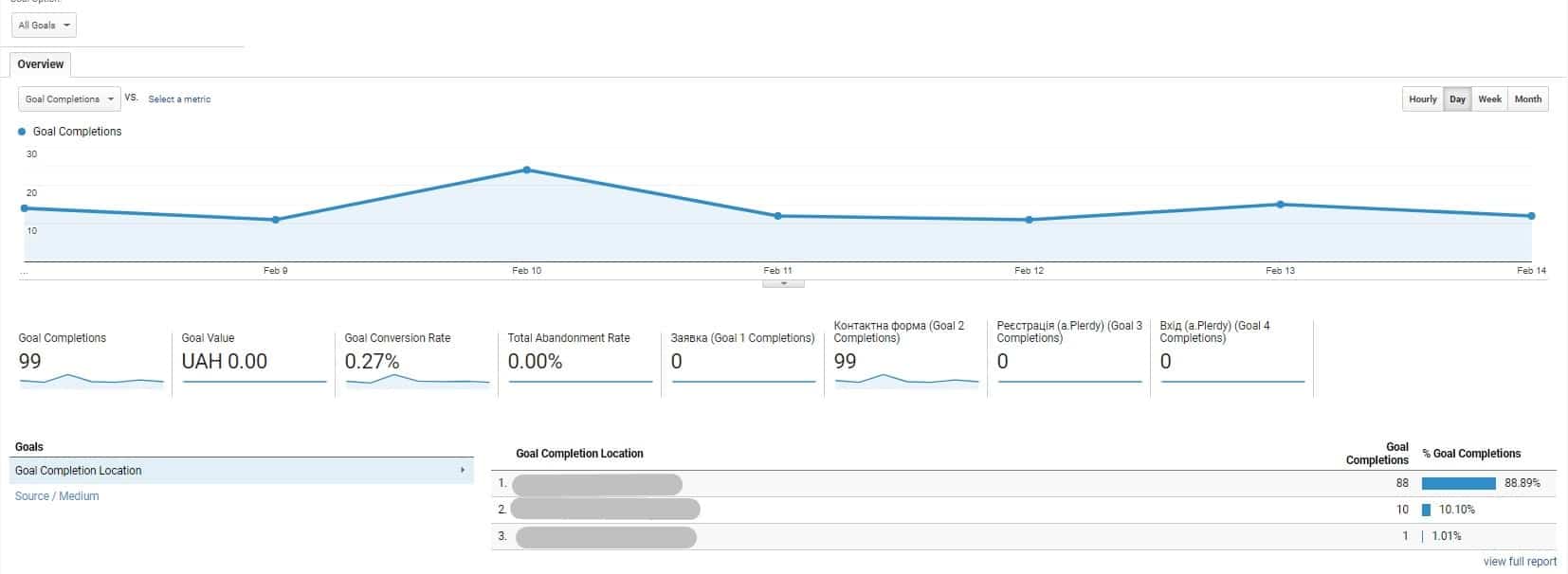
The manner in which eCommerce stores guide their customers through their conversion funnel is determined by the nature of the product as well as the characteristics of their target audience. Some online stores, for example, have longer conversion funnels. If you sell luxury items, it will most likely take longer to convert a visitor because higher prices are usually perceived as a major barrier and require more persuasion. However, the conversion funnel steps are generally the same and can be applied to any eCommerce business: awareness, interest, purchase, and repeat customer.
Awareness — an impact on the conversion funnel
As an eCommerce retailer, you probably know the importance of the conversion funnel. But what about the awareness stage? It’s not just a one-way street when it comes to converting customers – you have to make sure they know about your products before they can become paying customers.

One can address this using an e-commerce awareness conversion funnel. This phase is entirely about persuading future clients that you exist! Use content marketing, SEO, social media campaigns, and more to start others talking about what you are doing.
Simply said, it’s a matter of getting those same folks intrigued enough in what you have to offer that they act further and finally become paying consumers.
Interest — an impact on the conversion funnel
The path the customer travels is long and curved. Businesses of all kinds follow this old proverb. Regarding eCommerce, nevertheless, you must understand this road if you are to create a good conversion funnel.
If you wish clients to become devoted, long-term consumers, you have to consider several levels of involvement. These phases span first interest to purchase and even beyond. To assist you pass through the most crucial eCommerce conversion funnel stages depending on consumer interest, here is a guide.
First of all: acquisition—getting possible clients intrigued in your goods or services and luring them to visit your website.
Desire — an impact on the conversion funnel
The success of every online store depends mostly on the Desire Stage eCommerce Conversion Funnel. Unlocking possible consumers and converting them into devoted consumers depends on this! What precisely, though, is this miraculous funnel? Simply said, it’s all about ensuring that your clients go from point A—their first curiosity about your offering—to point B—buying.
Consider it as though of a rollercoaster ride. The trip starts with more desire; you must grab their attention and inspire them to want what you have. They then pass through several phases: investigation, comparison, introspection, and ultimately purchase. This Desire Stage eCommerce Conversion Funnel guarantees that consumers keep on track for an interesting shopping trip until they reach their target – reaching for their cash!
Purchase — an impact on the conversion funnel
The basis of a successful eCommerce website is its capacity to generate a conversion funnel motivating people to purchase. There are various phases to the conversion funnel, each of which is crucial in keeping consumers on the site long enough to finish their transactions. The correct approach will help you design a strong eCommerce conversion funnel that maximizes user experience and stimulates sales.
From knowing consumer wants and expectations to streamlining checkout procedures, get ready for a thorough manual on building your own profitable eCommerce conversion funnel!
Repeat customer — an impact on the conversion funnel
The Repeat Customer Stage eCommerce Conversion Funnel is mostly about giving your consumers an unforgettable experience. This starts with creative marketing efforts designed especially for current consumers, reminding them of the reasons they first liked purchasing from you. Then add incentives for targeted discounts, recurring business, and tailored customer service—all meant to inspire more contact with your store and raise conversion rates.
11 Ways to Optimize Your Ecommerce Conversion Funnel
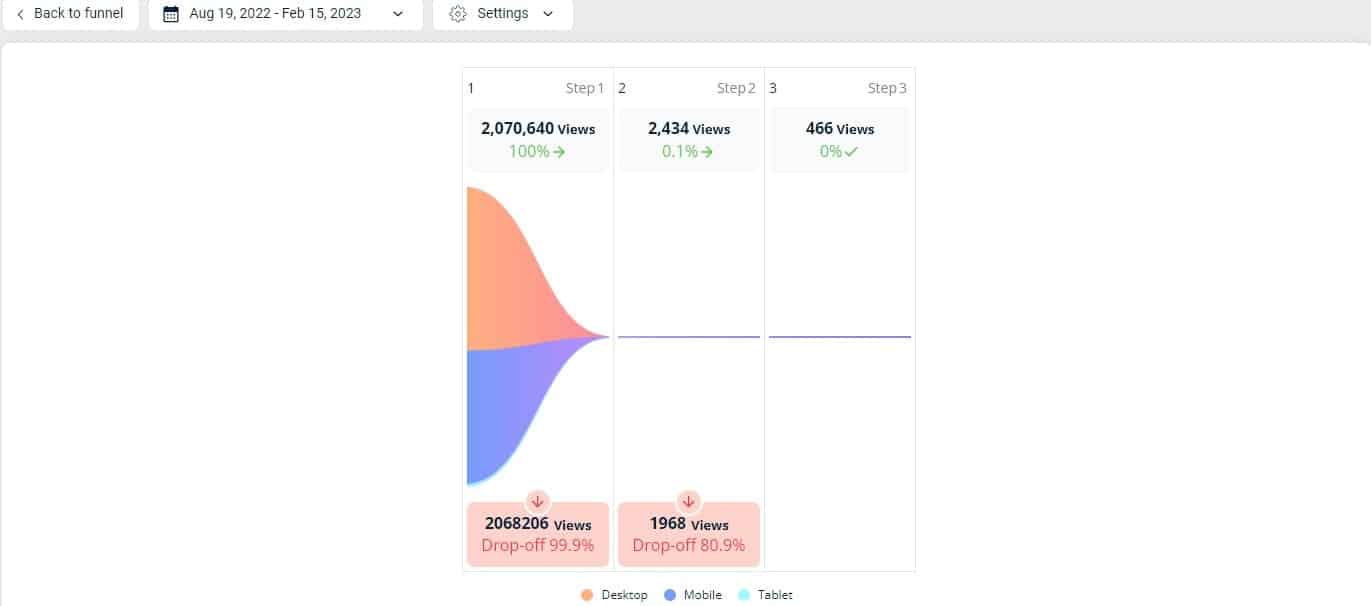 Many times trying but failing to raise the conversion rate of their website are eCommerce store owners. Their ignorance of what they are doing or why they are doing it is the issue. They lack the necessary details to make suitable site modifications. These are some ideas to boost the profit on your website.
Many times trying but failing to raise the conversion rate of their website are eCommerce store owners. Their ignorance of what they are doing or why they are doing it is the issue. They lack the necessary details to make suitable site modifications. These are some ideas to boost the profit on your website.
Analyze Advertising & SEO
Considering that faults might happen in any advertising effort and the incorrect audience sees the website. Consequently, in this scenario it is not a usability or poor store design issue. With the correct advice, tools, and a little creative thinking, anyone can become a master in maximizing their advertisements and SEO operations. Alternatively look for a freelancer on Upwork or an agency on Clutch.
To start, routinely modify your advertising plan to maximize your investment in the campaign. To see which works best, try several images, copywriting techniques, and targeting strategies. No magic needed; A/B testing will also help you identify the factors causing conversions!
Content rules for SEO optimization! Increasing search ranks depends on excellent blog entries and category pages of your online store emphasizing pertinent keywords.
Analyzing user session time and scroll depth in Plerdy regardless of traffic channel can help you to maximize Google or Facebook Ads settings and search keywords for SEO if these measures are low.
Understand audience
Maxing out conversions is all about understanding your audience. Targeting the right type of client will be effective and will cost time/money to deliver very little result. This could jeopardize future marketing efforts altogether!
The awareness stage happens at the beginning part of your sales funnel when capturing leads who may be converted later. Knowing your target audience is the key to converting them. The better you understand their needs, desires, and preferences in terms of demographics, the better strategies you will use.
Create goals in Google Analytics
Goals are the ultimate way to visualize your eCommerce sales funnel and get something tangible. Doing this in Google Analytics allows you for detailed tracking of the different stages from awareness to purchase. Data gathered from eCommerce websites provides invaluable insight into how users interact with products/services offered through your web pages.
Optimize product pages
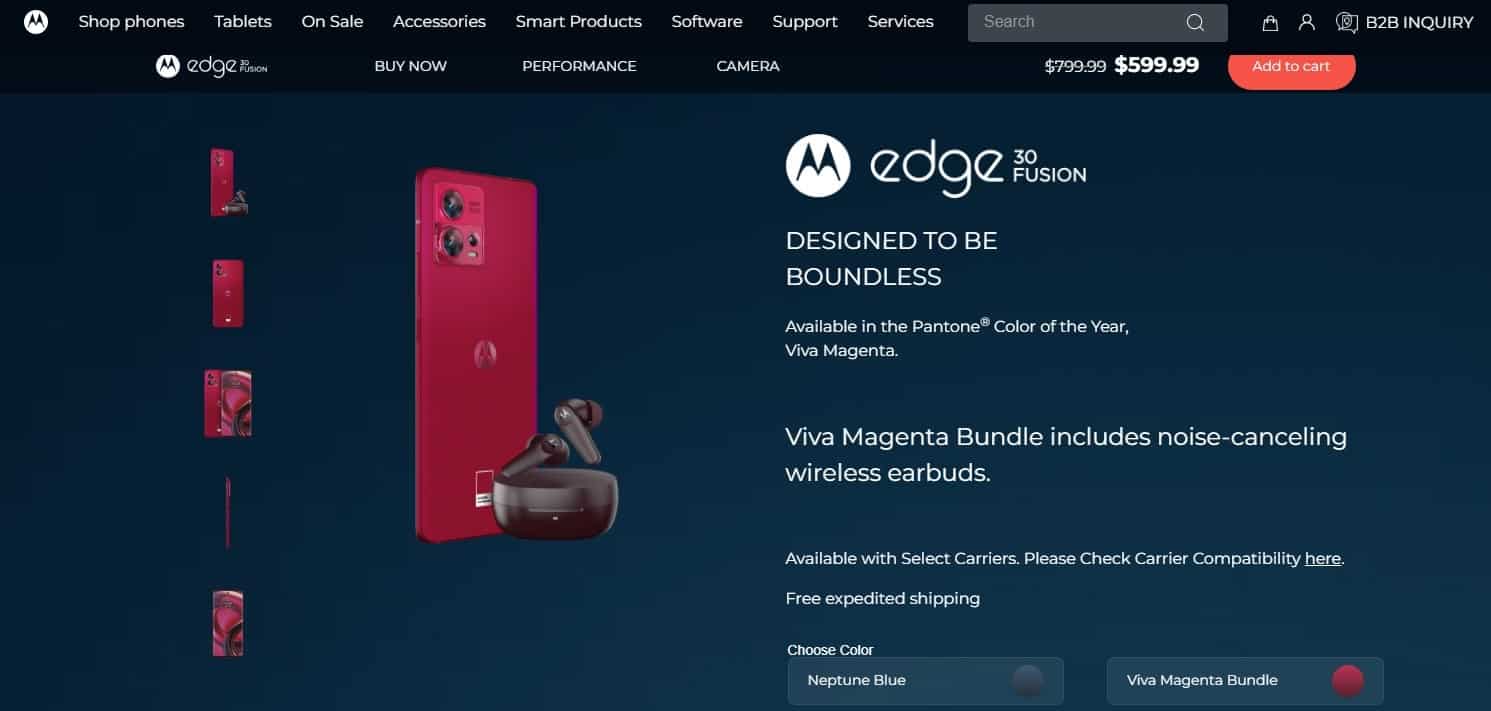
Optimize your product pages to get more customers. This means giving them all the information they need but making sure it’s not boring or technical. For example, describe how a customer would feel when using the product. Add practical call-to-action buttons that allow visitors to buy quickly without being confused about the cost and fees involved in shipping, etc. Checking out what other online stores are doing can provide you with some great ideas.
Active on social media
Social media marketing is a great way to get your eCommerce brand in front of potential customers. It can help with everything from improving conversion rates to increasing traffic and broadening exposure for the business. And you’re getting reviews on what people think about your products.
Use strong CTAs
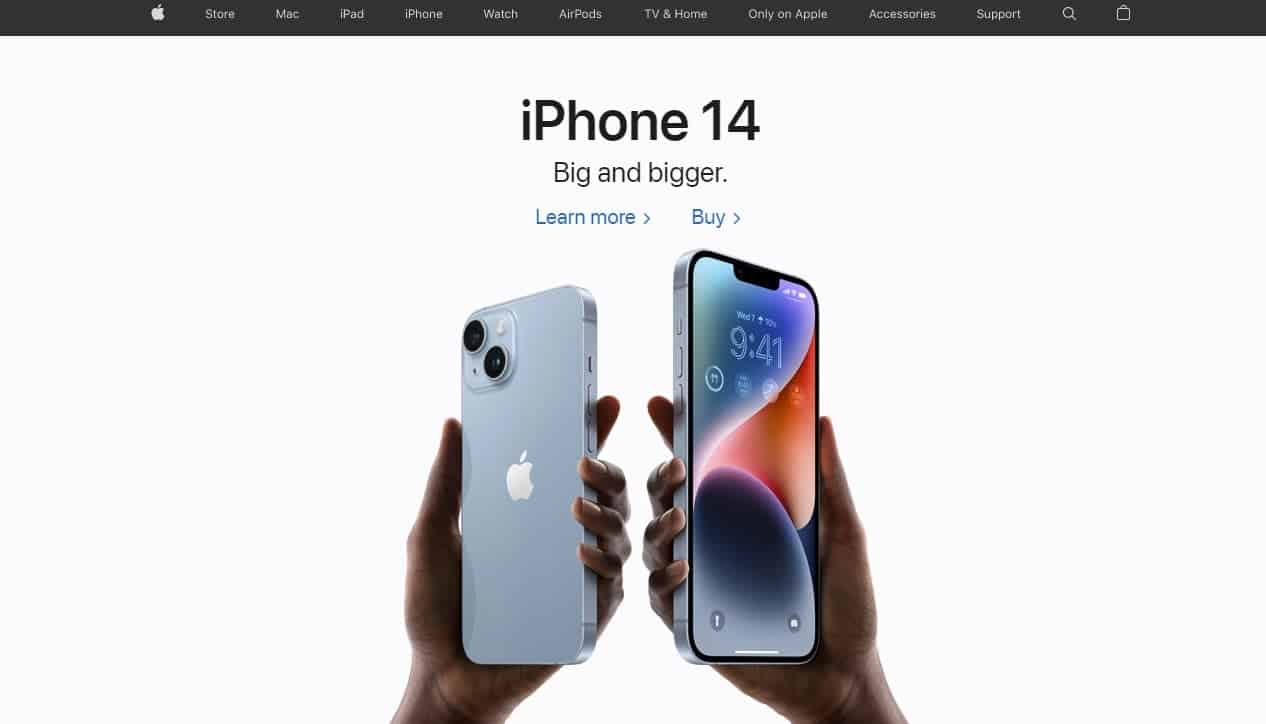
Many companies simply insert a CTA like “Buy!” on the website, hoping that’s enough to increase conversions. They spend a lot of time, energy, and money developing their website and then use a failed call to action in advance. And naturally, they fail.
Your website needs a strong and compelling CTA that encourages people to take action. A call to action has two main purposes: to tell someone what they should do and to give them the motivation to do it. Thus, many online stores mistakenly emphasize what the visitor needs to do but need to pay more attention to the motivational message – why that needs to be done.
Leverage on-site messages
A successful conversion funnel starts with the right audience. No two visitors are alike, so it’s important to create different audiences and content for them depending on what they want or need from your business then – purchasing something new (first-time customers) or renewing their subscription (subscribers) etc.
Optimize checkouts
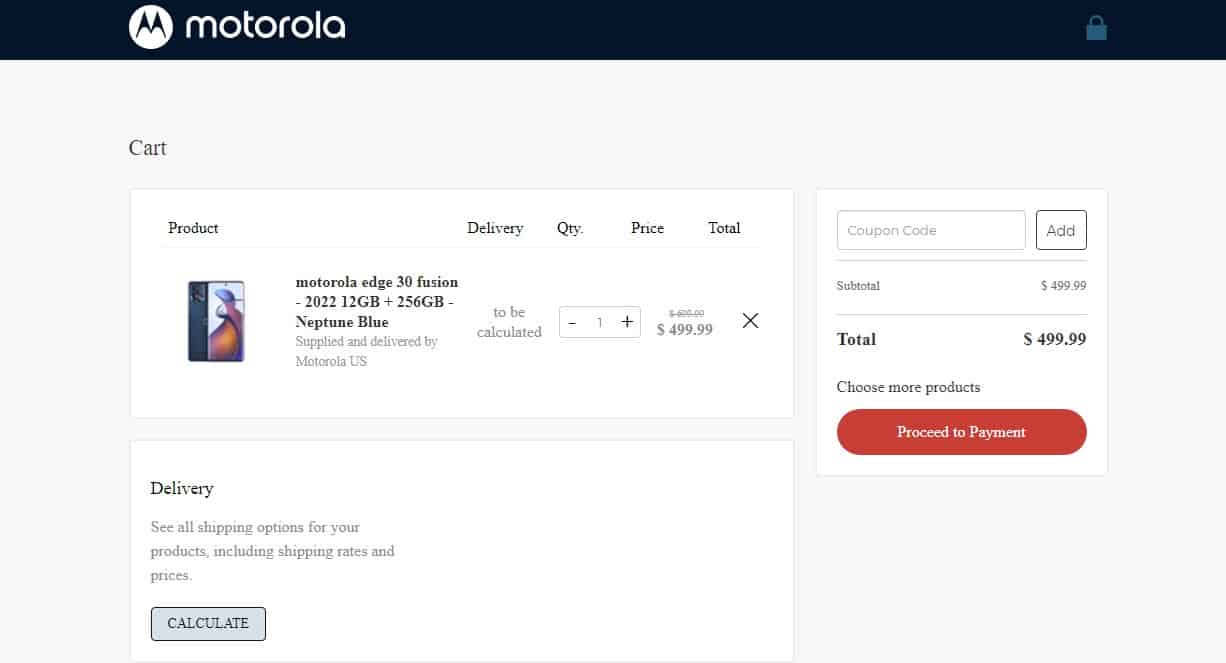
The conversion funnel is the lifeline of any business. It’s not always easy to maintain a high rate. Still, getting your checkout system running will set everything else into motion with great efficiency! 1 out of 10 visitors leaves the website without buying anything. This means there are plenty who could be converted at your online store. Therefore, offer prices in local currencies (not just US Dollars) and don’t make shoppers register or enter personal information unless they choose otherwise by checking boxes during the check-out process.
Nudge visitors during checkout
A well-designed checkout page is the last thing standing between you and your visitors. If it’s not user-friendly or has too many errors, the potential customer may just bounce off of it without making a purchase. This means losing revenue forever! Use free shipping as an option to turn potential customers on the decision stage into loyal customers.
Send behavior-based emails
You are gaining opportunities if you use the information provided by your visitors. Cookies offer marketers and retailers alike an unparalleled opportunity to gain insight into customer behavior at every stage of an online journey, from the landing page to the checkout process – and even after the purchase! With this information, eCommerce stores can create highly targeted email campaigns based on user interest or other important metrics.
If you sell products or services that have a recurring cycle of use, then create a system of automatic reminders via email. For example, you sell water filters. You can remind customers who have already made a purchase. When it’s time to replace the filter, send an email about buying a new one.
Promote loyalty program
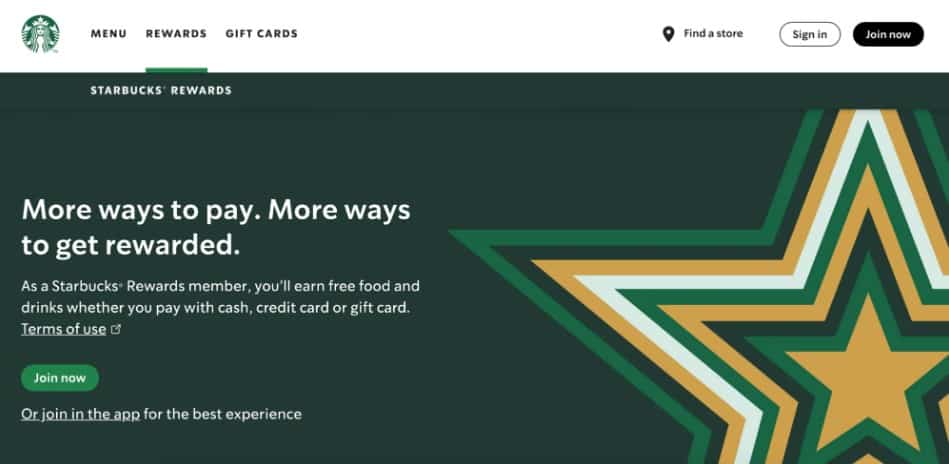
Loyalty programs are the key to long-lasting relationships. The last step is one that never stops – keeping your customers loyal and satisfied while creating new ones in droves! Offer a discount on their next purchases for recommendations. In such a way, loyal customers will tell their friends about you.
Most importantly, don’t forget to just say “thank you”. Celebrate your client by email on an anniversary or their birthday. After all, simple words of gratitude can make a big difference in your relationship with your customers. Offer a gift coupon or discount!
Keep customers engaged
Email marketing is the perfect way to make your customers feel appreciated and engaged. Celebrating milestones with an email campaign targeted towards existing clients can be a great opportunity for your eCommerce brand. It will show how grateful they are after their purchase while also reminding them that new things are coming out soon!
Conclusion about Optimize Your Ecommerce Conversion Funnel
Optimizing your eCommerce conversion funnel can be a manageable task. With the help of Plerdy tools, you can make it a breeze. From analyzing website traffic to improving the checkout flow, Plerdy has all the tools you need to become an eCommerce master. Now that you know how to optimize your conversion funnel, start taking advantage of Plerdy’s features and watch those conversions soar! So what are you waiting for?
